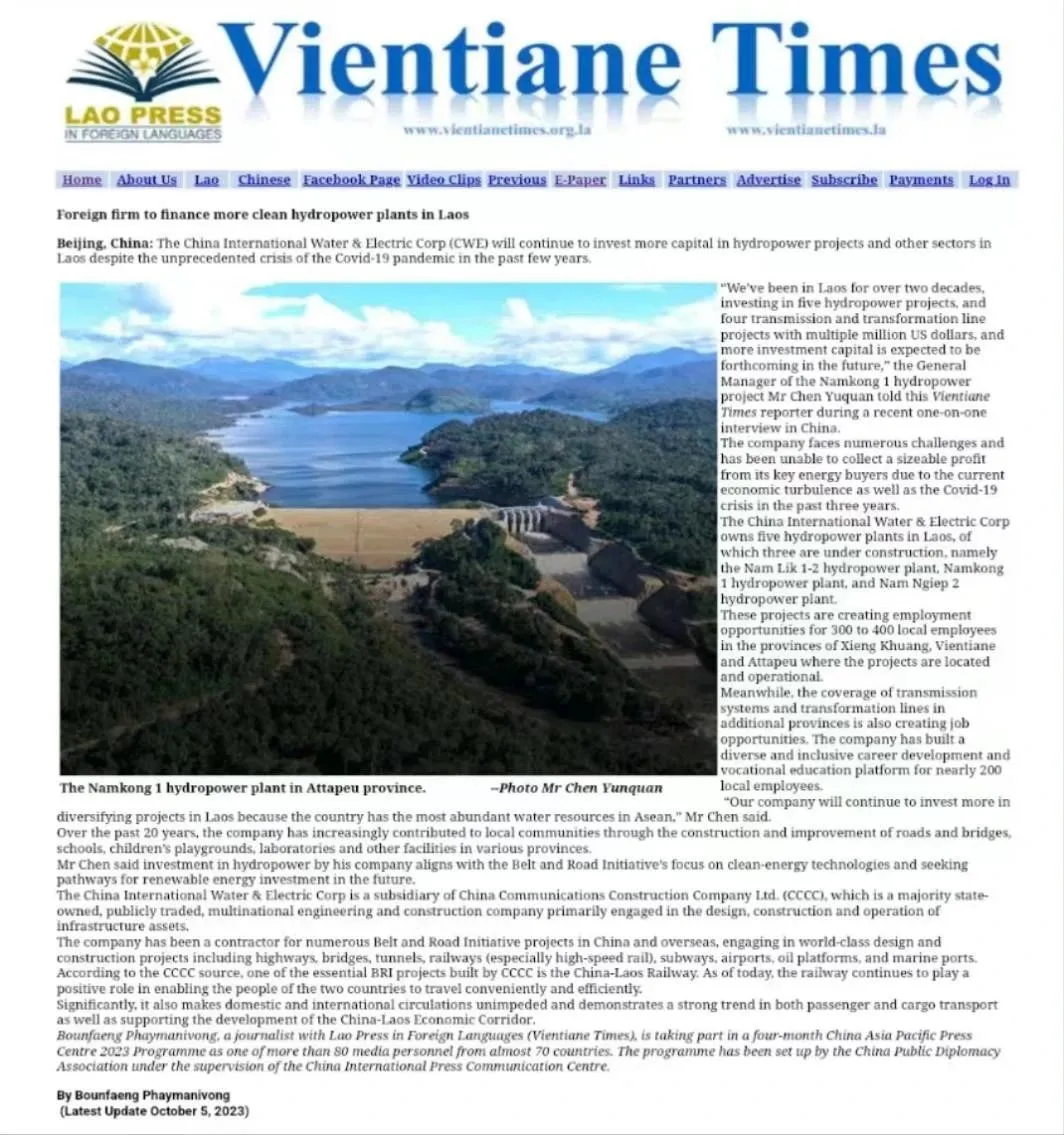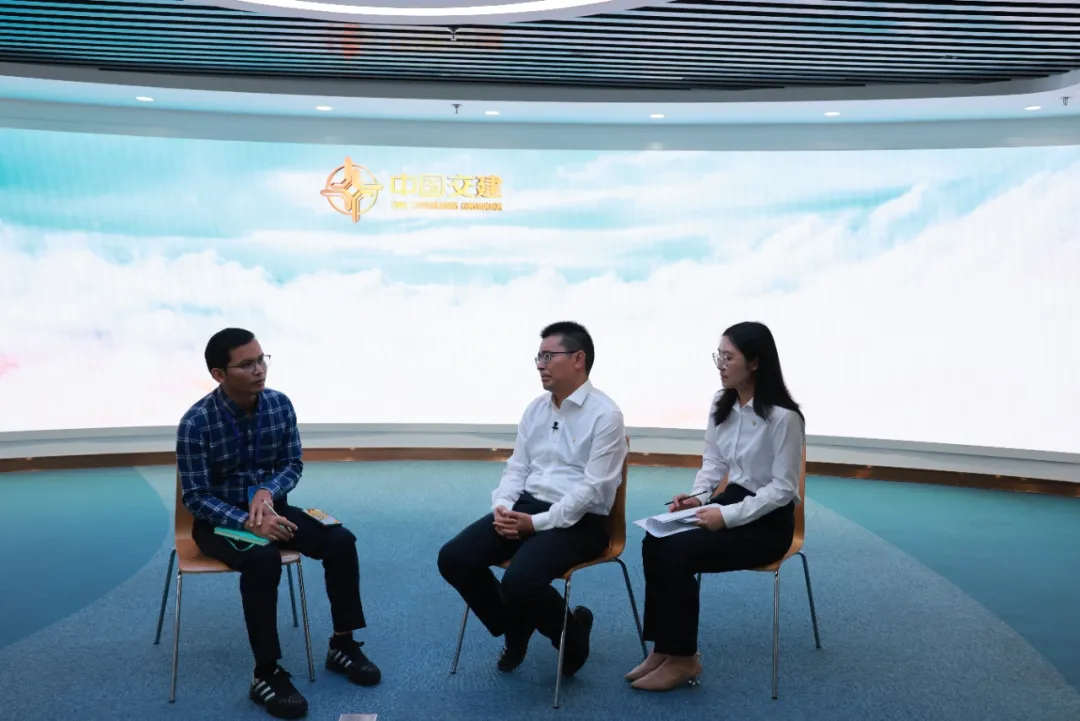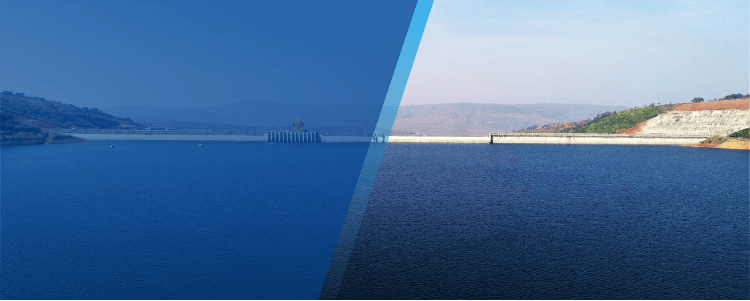Foreign Journalists Visit CCCC: Chinese Hydropower Projects Boost Green Development in Laos
Release time:2023-11-06
This year marks the 10th anniversary of the “Belt and Road” Initiative. Over the past decade, the initiative has steadfastly pursued its original aspirations, overcame numerous challenges, and transformed from vision to reality. It has facilitated over 3,000 cooperative projects, mobilized nearly one trillion USD in investments, and created numerous “national landmarks” and “milestones of cooperation”, thus becoming a widely favored platform for global cooperation.
To gauge the true impact of the initiative, the opinions of participating countries and their people are most telling. Recently, under the guidance of the Ministry of Foreign Affairs and hosted by CCCC, a promotional event titled “A Decade of Transformation: the Stories of BRI” took place at the CCCC Building. Journalists from six countries including Kenya, Malaysia, Nigeria, Colombia, Laos, and Kazakhstan visited CCCC to interview project teams and participants in their respective countries, providing firsthand accounts and vivid narratives of the real stories behind the “Belt and Road” initiative.
This article is a reprint from the Ministry of Foreign Affairs’ WeChat public account, originally published on October 26, and features a summary of a Laotian journalist’s report on CCCC’s hydropower projects in Laos.

▲ Screenshot of journalist’s report
Under the “Belt and Road” framework, Chinese enterprises have actively participated in cooperative projects with Laos, launching a series of infrastructure initiatives. CCCC has continued to increase its investment in Laotian hydropower projects among other sectors, significantly contributing to socio-economic development in the region.
In an interview, a senior representative of CCCC’s Laotian hydropower projects mentioned that Laos is one of Southeast Asia’s richest countries in terms of water resources. CCCC has been operating in Laos for over 20 years, having invested in and currently operating the Nan Lik 1-2, Nam Ngiep 2, and Nam Kong 1 hydropower stations. Looking forward, CCCC plans to invest in more hydropower projects in Laos.

▲Journalist’s interview with the relevant person in charge of CCCC’s hydropower project in Laos
These projects have created hundreds of jobs in the provinces of Xieng Khouang, Vientiane, and Attapeu and provided diverse career development and vocational education platforms for local employees. Additionally, the transmission and distribution projects are increasing employment opportunities across other Laotian provinces. Over the past 20 years, CCCC has also built and improved roads, bridges, schools, and other facilities, continually contributing to local community development.
CCCC’s investment in Laotian hydropower is aligned with the “Belt and Road” initiative’s focus on clean energy technologies. Looking to the future, CCCC will explore more opportunities for clean energy investments in Laos, actively contributing to the country’s green development.
Laos is known as the “Battery of Southeast Asia” due to its abundant hydropower resources. The country has over 20 rivers longer than 200 kilometers, with a combined hydropower potential exceeding 18,000 megawatts. This clean, renewable energy source is increasingly valued on the global energy market. To date, Chinese-funded power enterprises have built 18 hydropower stations in Laos, with a total installed capacity of 2,348 megawatts, continuously powering the development of Laotian hydropower.





